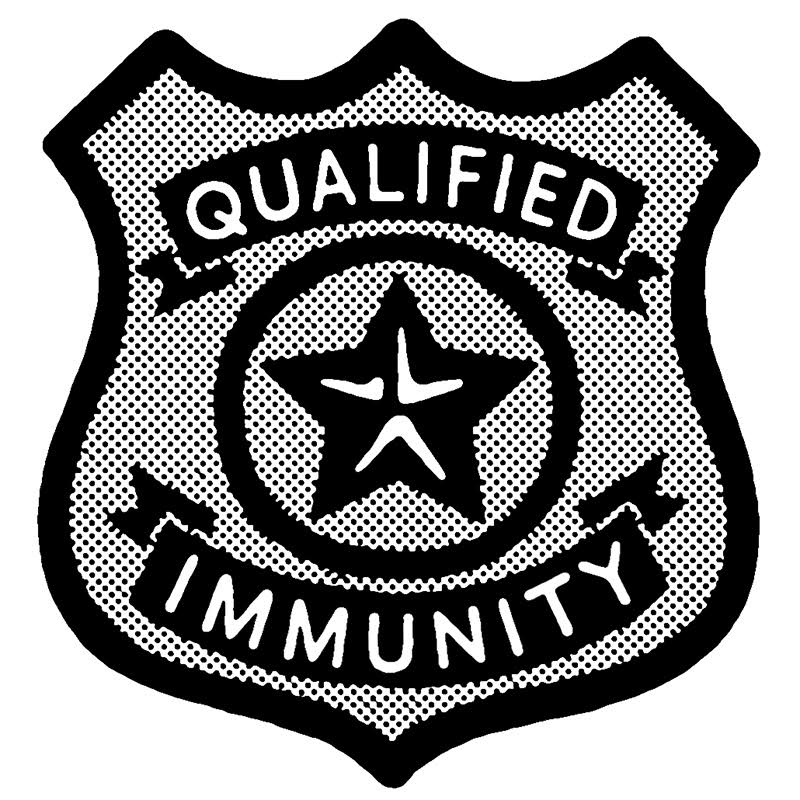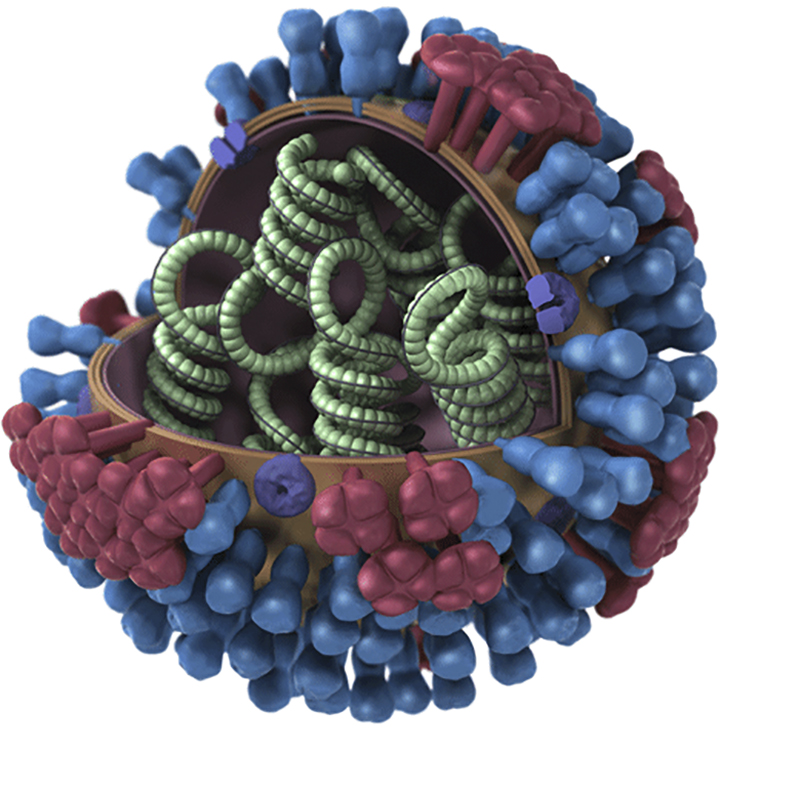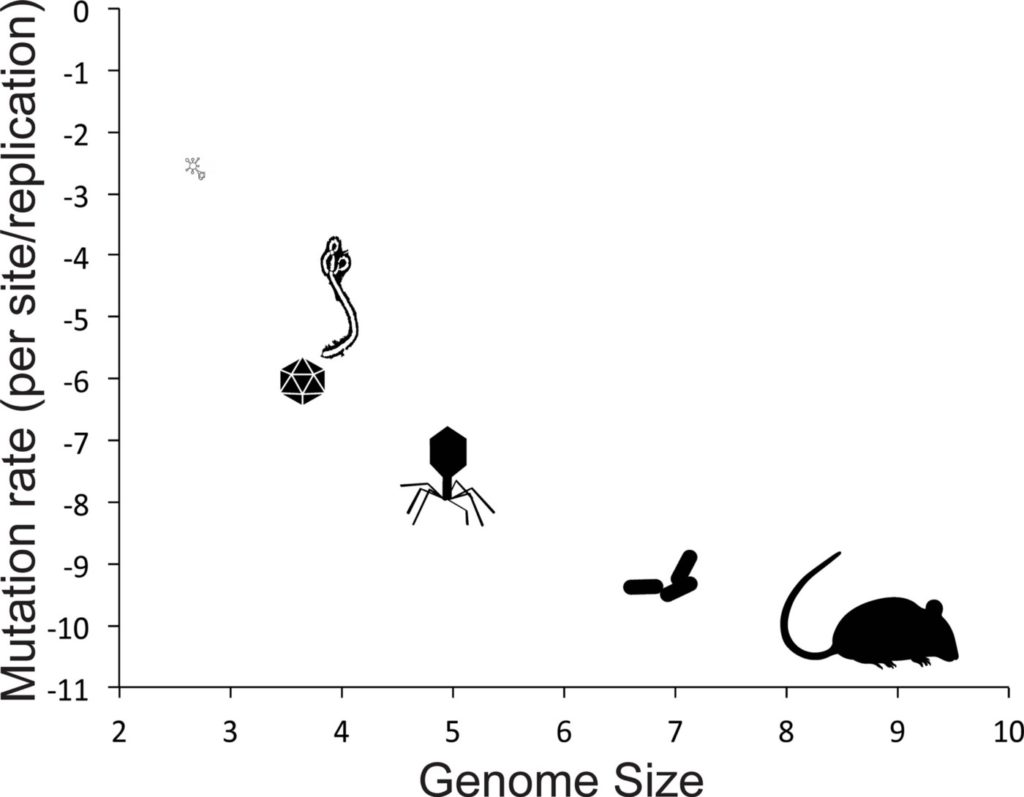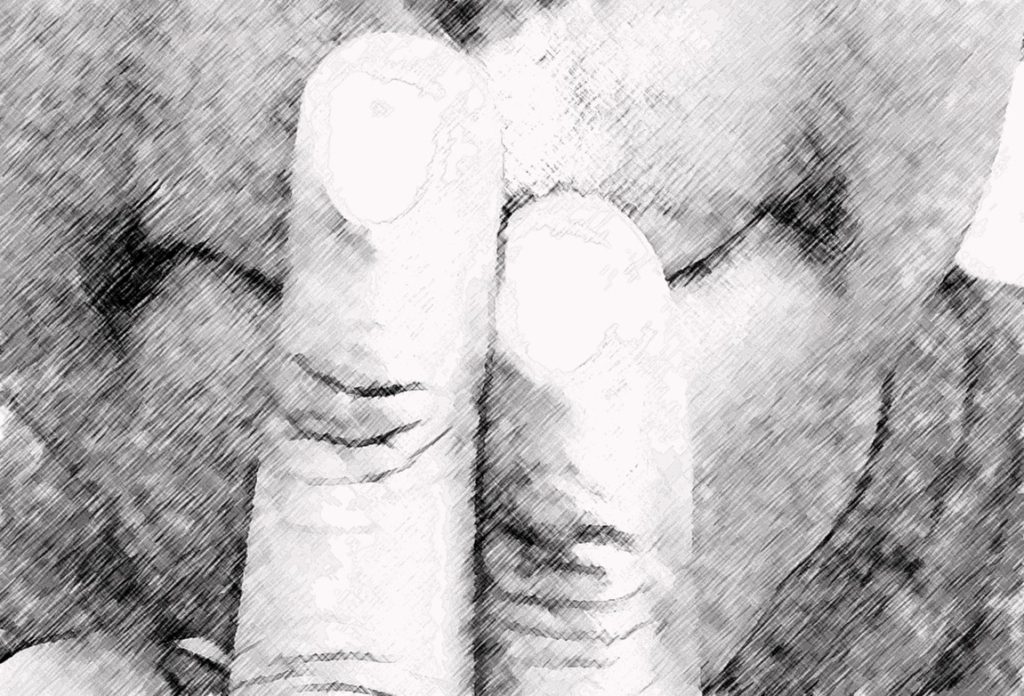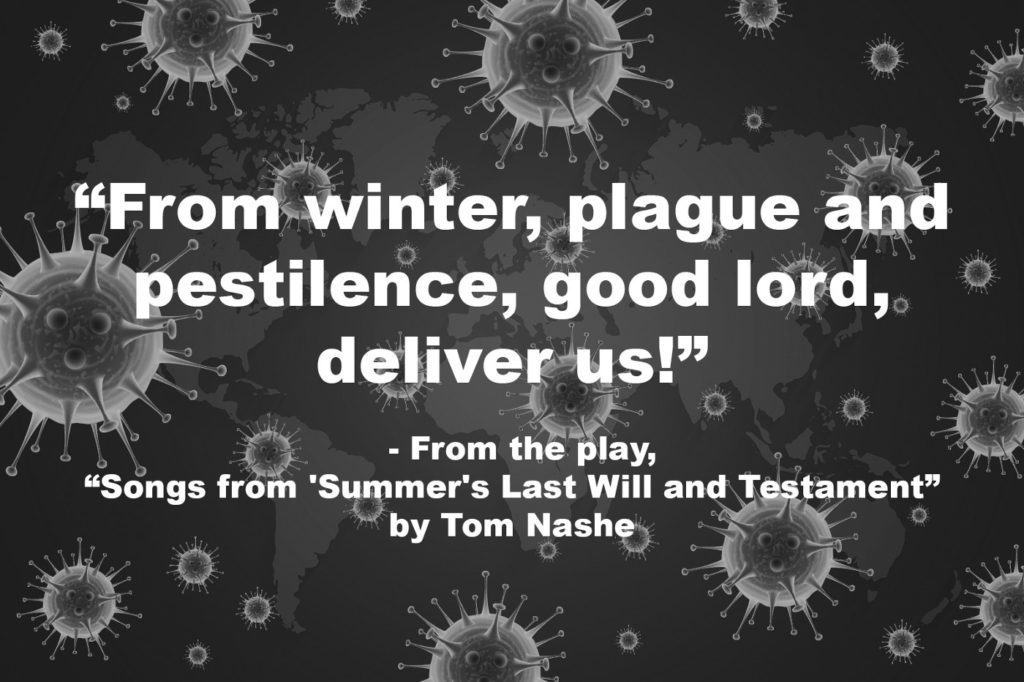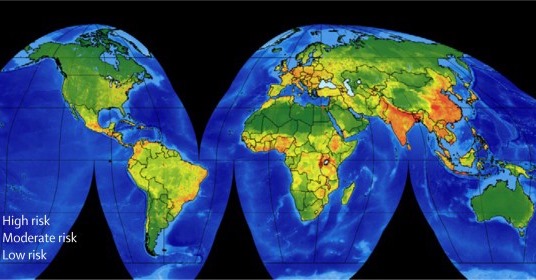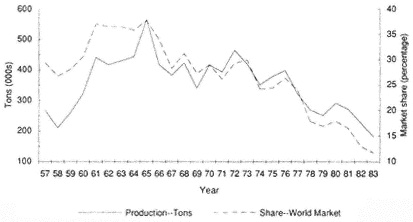
Sources: K. Ewusi, Statistical Tables on the Economy of Ghana, 1986
It was already evident towards the end of the Nkrumah government that the Ghanaian economy was struggling. The World Bank recommended a devaluation of the Cedi. If Nkrumah planned to, he never got the chance. He was overthrown in 1966. Busia was finally the one who got to order it in 1971. This 44% devaluing of the Cedi was his undoing. It was one of the reasons Kutu Acheampong gave for usurping the government of the 2nd Republic.
The Ghanaian economy continued its nosedive through the NRC and SMC eras. The blowback from Acheampong’s “Yentua” policy, droughts in the 1970s, drop in prices of our exports, the oil crisis, and Kalabule all helped to take the economy lower and inflation higher. The ever-expanding role of the government in the economy did not help.
By the time shots rang out in Accra on June 4, 1979, things were economically dire. Rawlings continued with the military habit of regulating the economy in his short reign of terror from June till September. Even worse, he saw the private sector as the enemy. The razing down of the Mokola market epitomizes this perfectly.
If the economic situation President Hilla Limann inherited when he took office on September 24, 1979, was nothing short of dire, it managed to get even worse over the next two years. Among other things, due to overvalued exchange rates and low prices we paid our farmers for cocoa, our share of the international cocoa trade was less than 20%. Farmers were smuggling their cocoa outside to sell. State enterprises continued to make losses. The few remaining businessmen who Rawlings had not chased out or killed found it impossible to make any money. Foreign investments, which had started dwindling since Acheampong’s Yentua policy, kept getting smaller. According to World Bank data, by 1981, Ghana received only $13.3 per capita in net development assistance compared to an average of $26.3 for all sub-Saharan countries. Inflation skyrocketed to 120%.
Would the Limann government have instituted much-needed changes?Well, we’ll never know because on December 31, 1981, shots rang out again. Enter Rawlings 2.0 in the blockbuster, “PNDC Cometh! Run for your Life”.
As he killed, tortured, and imprisoned to prevent another vainglorious military officer from taking his place and removing detractors, he also pushed an economic plan straight out of the Marxist playbook. He sought to rule through “Defence Councils” made up of those who bought into his populism – students, workers, soldiers, and the disgruntled. He forced traders and controlled prices. Not realizing it, he was expanding the government’s role in the economy and making the bad situation even worse.
Another issue he had to grapple with was the lack of support from Russia and the other eastern bloc nations that he had expected. You see, the world in those days was split between the superpowers – USSR and the USA. Those Third World leaders who espoused socialist philosophy looked to Russia and Eastern Europe for help. Those who believed in free-market economics looked to the west. A lot of developing countries straddled the middle. Rawlings came out like a Castro-Gaddafi wannabe. They were his idols. He hoped they would support Ghana’s recovery. Libya did what it could to help, but it was not enough. Russia could not because they were embroiled in their economic problems that would ultimately lead to the USSR’s implosion.
To make things worse, a brutal drought hit Ghana in 1982-83, leading to famine. Fires also erupted due to the drought. Into this cauldron of killings and brutality, economic ruin, drought, and famine returned one million Ghanaians expelled from Nigeria. A change in economic policy was needed, and in 1983, Rawlings and Kwesi Botchwey, with the help of the IMF and World Bank, made that change.
Unlike the government of Hilla Limann that he overthrew, Rawlings had the luxury of having the opportunity to change. Limann never got the chance to explore another way of getting Ghana ahead. As a matter of fact, Rawlings rid the country of the opportunity to change peacefully twice. The overthrow of the Liman government was the second time. The first time was in June of 1979. The country was preparing for elections when Rawlings burst onto the scene then. Ghana was already on her way to a peaceful change of direction when he ushered in those four months of terror. The PNDC under Rawlings was able to push much-needed Economic Recovery Programs (ERPs) through. The policies he instituted in 1983, including price hikes on goods and the selling of state corporations, were policies supported by the IMF and World Bank. So this led to the return of foreign investments and loans. It would only follow that Rawlings would try to polish up his act by reducing the acts of terror, allowing the return of a free press and free and fair elections. It was also self-serving on his part to get an Indemnity Clause inserted in the constitution of the 4th Republic and morph into a democratically elected first president of said Republic.
In the eyes of some, the economic improvements he ushered in should make up for all the human rights abuses perpetrated under his watch. They argue further that only Rawling’s force of will and the power of the gun allowed him to push through those policies. And that no civilian government would have been able to achieve that without the people rioting.
In other words, Exitus acta probat!
Now that is an argument I refuse to agree with. In the first place, we never got the chance to find out. Ghana has been through economic upheavals since 1992, and we have not needed bloodshed to solve those problems. We have had disagreements over election results that have been settled amicably through the courts. We are capable of peaceful change but were denied that opportunity by coup plotters like Rawlings, Acheampong, and the rest who always felt they were the only ones with the answers.
Could Ghana have had this economic recovery without all the bloodshed? Was all that loss of life necessary? Or was the blood that was spilled the prerequisite for the improvements? A necessary offering? Did Ghana then enjoy an economic recovery steeped in the blood of others? Much like blood diamonds from Liberia back then, did we, thanks to Rawlings, enjoy a ‘blood’ economic recovery? I believe we did, and in the process, we also sacrificed the belief and desire to uphold and protect human rights.


